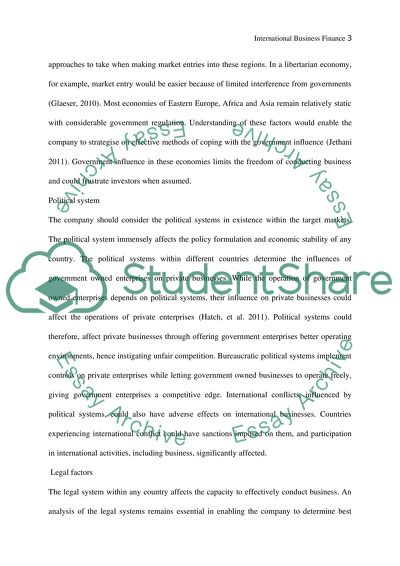Cite this document
(“International Business Finance Essay Example | Topics and Well Written Essays - 2750 words”, n.d.)
Retrieved from https://studentshare.org/finance-accounting/1404438-international-business-finance
Retrieved from https://studentshare.org/finance-accounting/1404438-international-business-finance
(International Business Finance Essay Example | Topics and Well Written Essays - 2750 Words)
https://studentshare.org/finance-accounting/1404438-international-business-finance.
https://studentshare.org/finance-accounting/1404438-international-business-finance.
“International Business Finance Essay Example | Topics and Well Written Essays - 2750 Words”, n.d. https://studentshare.org/finance-accounting/1404438-international-business-finance.


